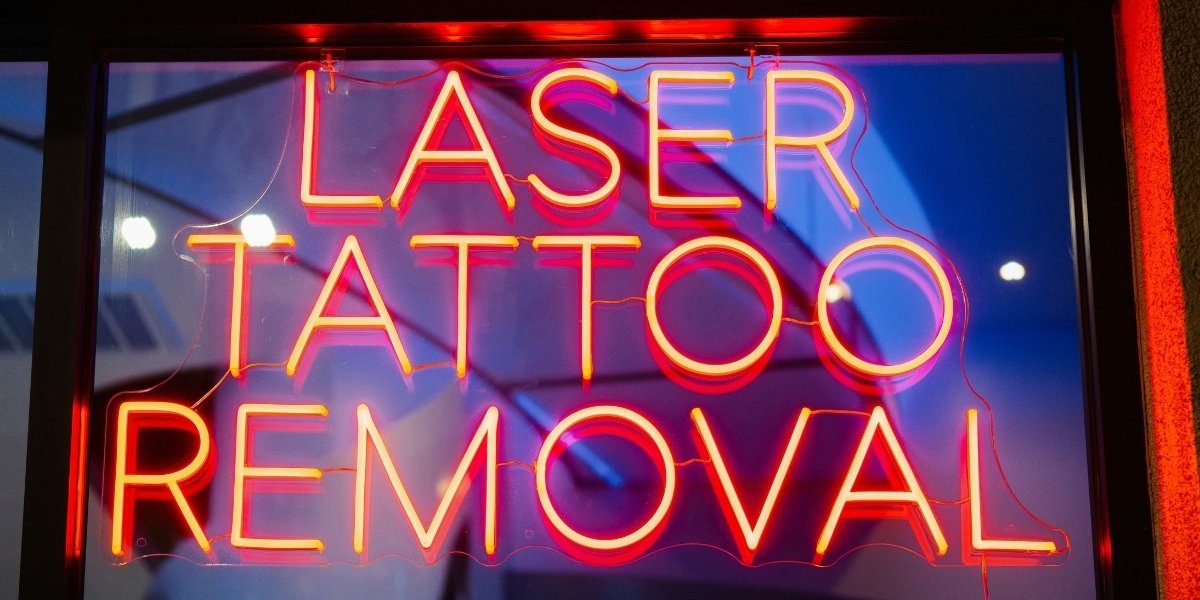What Are the Common Tattoo Removal Methods?
Tattoo removal has grown in popularity as more people seek to change or erase their body art. Understanding the available methods helps individuals make informed choices about their removal journey. The most common technique today is laser tattoo removal, known for its effectiveness and relative safety. This method uses focused light to break down tattoo ink particles, which the body then gradually eliminates.
Other options include surgical excision, where the tattooed skin is cut out and the area stitched closed. This method works best for smaller tattoos but involves more noticeable scarring. Another approach is dermabrasion, a process that sands the skin to remove layers containing ink. Though less common now, it may be an option depending on tattoo size and location.
Choosing the right method depends on several factors such as tattoo size, ink colors, skin type, and budget. Professionals often recommend laser removal for most cases due to its precision and reduced healing time.
Read Also: Strategies for Setting and Achieving Realistic Personal Goals
How Should Individuals Set Their Expectations for Tattoo Removal?
The tattoo removal process requires patience. It is rarely a quick fix and involves multiple sessions spaced weeks apart. Each session gradually fades the tattoo, with the total number depending on the tattoo’s characteristics and the removal method used.
Pain levels vary but many describe laser removal as similar to the feeling of a rubber band snapping against the skin. Local anesthesia may be used in some procedures to minimize discomfort. Skin redness, swelling, or blistering after treatment are common and typically resolve within days.
Complete removal is not always possible. Some ink colors, such as green and blue, respond less effectively to lasers, and older tattoos can be more stubborn. Experts advise realistic expectations and understanding that the process may leave slight skin changes or faint outlines.
What Are Essential Aftercare Steps Following Tattoo Removal?
Proper aftercare significantly impacts healing and final results. After any removal session, keeping the treated area clean and protected is crucial. Avoiding sun exposure helps prevent pigmentation changes or scarring. Using gentle, fragrance-free moisturizers supports skin repair.
Patients are advised to avoid picking or scratching scabs or blisters to reduce infection risk. Wearing loose clothing over the area can prevent irritation during healing. Follow-up appointments allow professionals to monitor progress and adjust treatments if needed.
Adhering to aftercare instructions ensures the skin recovers well, promoting better fading of the tattoo and minimizing complications.
Why Is Professional Consultation Vital Before Starting Tattoo Removal?
Before starting removal, consulting a qualified dermatologist or tattoo removal specialist is essential. These professionals assess skin type, tattoo details, and medical history to recommend the safest, most effective treatment plan.
They also explain possible risks, such as scarring, infection, or pigment changes. This conversation helps set clear, personalized goals and expectations. Many clinics offer patch tests to see how skin reacts before full treatment begins.
Expert advice reduces surprises and empowers individuals to approach their tattoo removal journey with confidence.
How Does Skin Type Affect Tattoo Removal Success?
Skin type plays a significant role in tattoo removal outcomes. Darker skin tones may require customized laser settings to avoid unwanted pigmentation changes. Professionals tailor treatments carefully to balance effectiveness with safety.
Research shows that some skin types are more prone to temporary redness or swelling, but proper care minimizes these effects. Understanding these nuances helps individuals prepare for their specific experience and collaborate closely with specialists.
The journey toward tattoo removal is highly personal and varies widely. Factors such as tattoo age, colors, size, skin type, and chosen removal method all shape the process.
What Are the Latest Advances in Tattoo Removal Technology?
Recent developments in tattoo removal technology have improved both safety and results. Innovations in laser wavelengths allow more precise targeting of different ink colors, improving clearance rates. For example, picosecond lasers deliver energy in ultra-short bursts, breaking down ink more efficiently with less skin damage.
Emerging treatments also explore combining methods or enhancing skin healing post-removal. Professionals keep pace with these advances to offer clients the best possible care.
Staying informed about new options can provide hope and flexibility throughout the removal journey.
How Can Individuals Mentally Prepare for the Tattoo Removal Process?
Mental readiness is a crucial yet often overlooked part of tattoo removal. The process can be slow, sometimes uncomfortable, and may not yield perfect results. Understanding these realities beforehand helps manage stress and frustration.
Support from friends, family, or support groups can be invaluable. Professionals often encourage setting realistic goals and celebrating small progress milestones. This mindset fosters patience and resilience.
Ultimately, approaching tattoo removal as a gradual journey rather than an instant fix contributes to a more positive experience.
Read Also: How Can DIY Home Improvement Projects Transform Your Space?
Why Is Following Up After Tattoo Removal Important?
Continuous follow-up allows specialists to monitor healing and adjust treatments. Skin response can vary over time, and follow-ups help catch any complications early. They also offer opportunities to discuss concerns and refine expectations.
Successful tattoo removal is a collaborative process between the individual and their care team. Staying engaged throughout ensures the best possible outcome.








